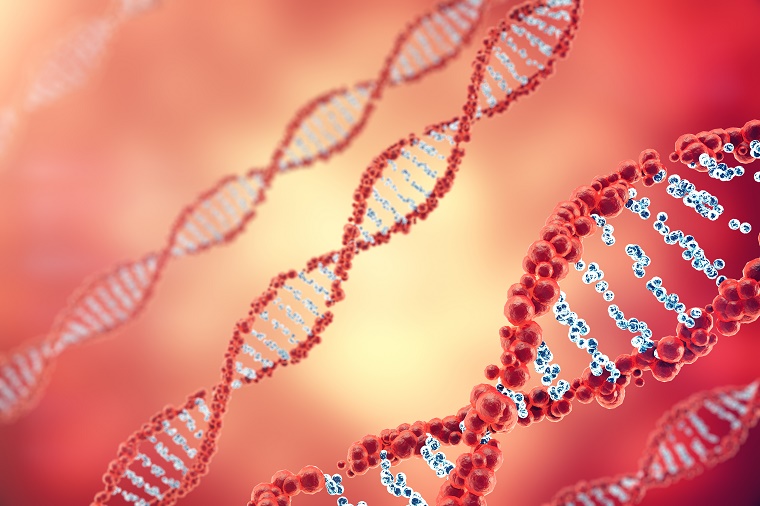Genome Miners Strike Toxin Gold
By Connor Gianetto-Hill
8 June 2021

Constantly improving DNA sequencing technologies have generated large amounts of bacterial genome data. But our ability to produce genetic data has far outpaced our ability to identify the functions of new genes, leaving large portions of bacterial genomes a complete mystery.
A gene’s function can often be predicted based on the similarity of its sequence to other known genes. But this approach falls flat when it comes to identifying genes for mART toxins, which are proteins that can be secreted by disease-causing bacteria. Genes for these toxins share little DNA and protein sequence similarity, but the toxins share the same function. This makes the identification of new toxins from genomic data a challenging task.
Mono-ADP-ribosylation (mART) toxins are produced by bacterial pathogens and play a critical role in certain bacteria’s ability to damage their host, which can range from plants, animals and humans. That’s why researchers are keen to discover the full library of mART toxins produced by pathogenic bacteria – because the more we know about them, the better equipped we are to combat them.
This challenge was taken on by Dr. Rod Merrill’s lab in the Department of Molecular and Cellular Biology. The team developed an advanced computer algorithm to “mine” bacterial genome data to identify potential new toxins. Their efforts have discovered a novel mART toxin called Vorin that is produced by Erwinia amylovora, the bacteria responsible for causing fire blight in certain fruit-bearing bushes and trees.
“Vorin is totally new. Before this, no one knew it existed,” says Olivier Tremblay, the primary author of the study.
The team discovered the new toxin by using their algorithm to screen a large database of bacterial genomes maintained by the US National Centre for Biotechnology Information.
Tremblay explains how they were able to find possible mART toxins in a database with hundreds of thousands of sequences. “We were able to pick out the sequences based on the motifs (three-dimensional segments within proteins) that we know are common and conserved in all mART toxins, along with sequence and structural analysis and predictions.”
This approach revealed thousands of potential mART protein sequences, but further filtering by specific protein properties allowed the team to reduce the list down to 11 putative new mART toxins.
“Discovering a bunch of new toxin sequences on the computer is nice, but we need to validate our predictions in the lab as well to make sure that we have found bona fide toxins,” Tremblay says.
The researchers used a yeast cell assay specially designed by the Merrill lab to determine if candidate proteins are cytotoxic to a host cell. From the 11 potential toxins tested, Vorin was confirmed as the only new mART toxin.
Further scrutiny of the DNA sequences surrounding the Vorin gene led to some unexpected findings.
“It has characteristics unlike any other mART toxin we have studied to date,” says Tremblay, “But what makes Vorin really special is that it is one of only a few currently characterized mART toxins that have an antitoxin, and of these it’s the only toxin that is likely to be secreted.”
Bacteria will sometimes produce an antitoxin (inhibitor) to their own toxins. This is done to reduce the toxic effects on the bacteria before the toxins are secreted. The team named the antitoxin they discovered “VorinI”.
It’s an exciting finding because antitoxins can offer a useful alternative to antibiotics; they work by “disarming” a pathogen rather than killing it, which means the pathogen is less likely to evolve resistance.
The Merrill lab is continuing its work on Vorin and VorinI, with a focus on solving the full three-dimensional structure of both proteins using X-ray crystallography. With more information on the structure and function of Vorin, the researchers hope that a small protein might someday be created that mimics the action of VorinI and can be used to treat crops infected with fire blight. Such a protein could also form the basis of new drugs for humans to inhibit the activity of other mART toxins associated with diseases like cholera, diphtheria, dysentery, and whooping cough.
This study was funded by the Natural Sciences and Engineering Research Council.
Read the full study in the journal Toxins.
Read about other CBS Research Highlights.